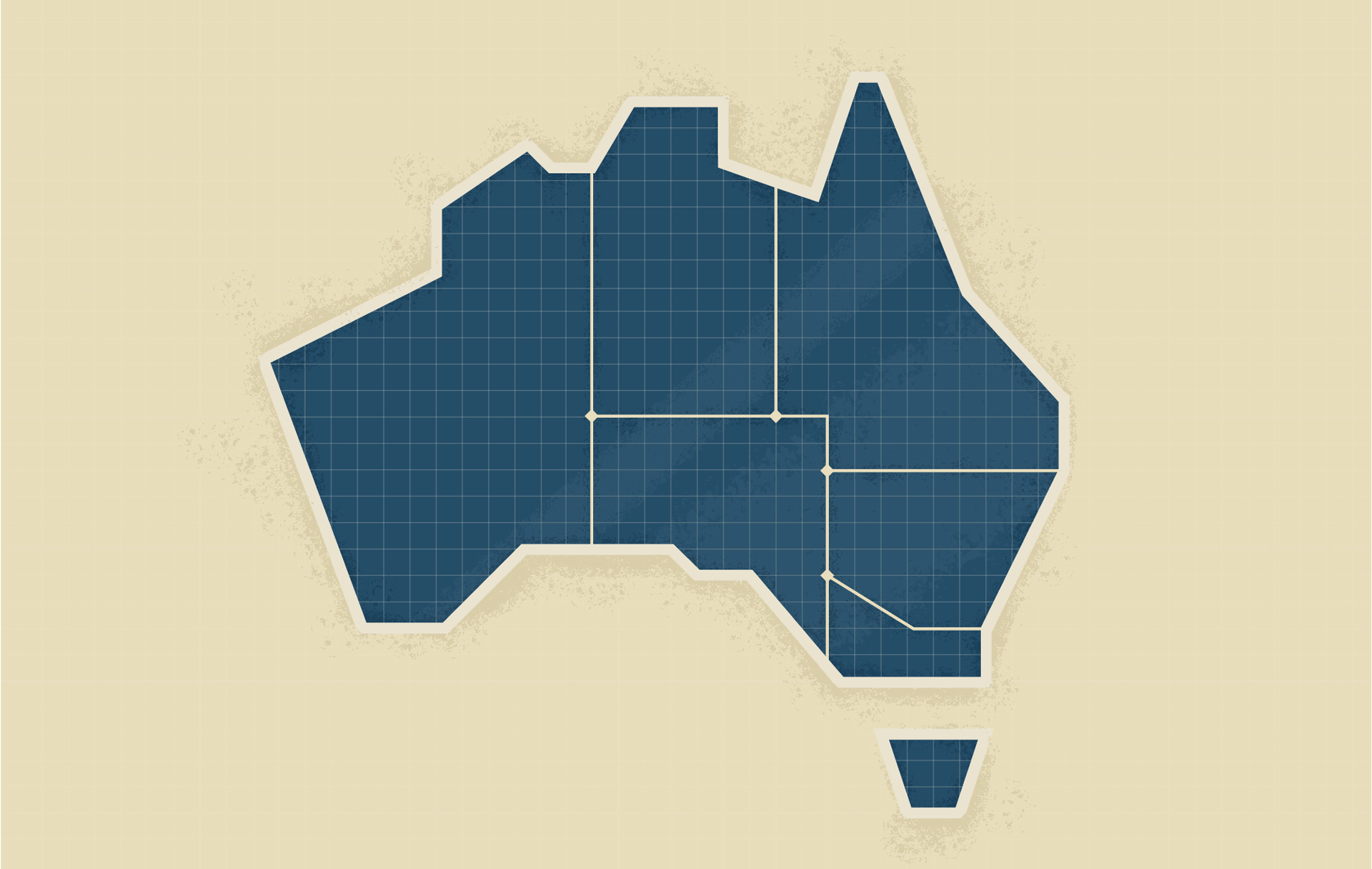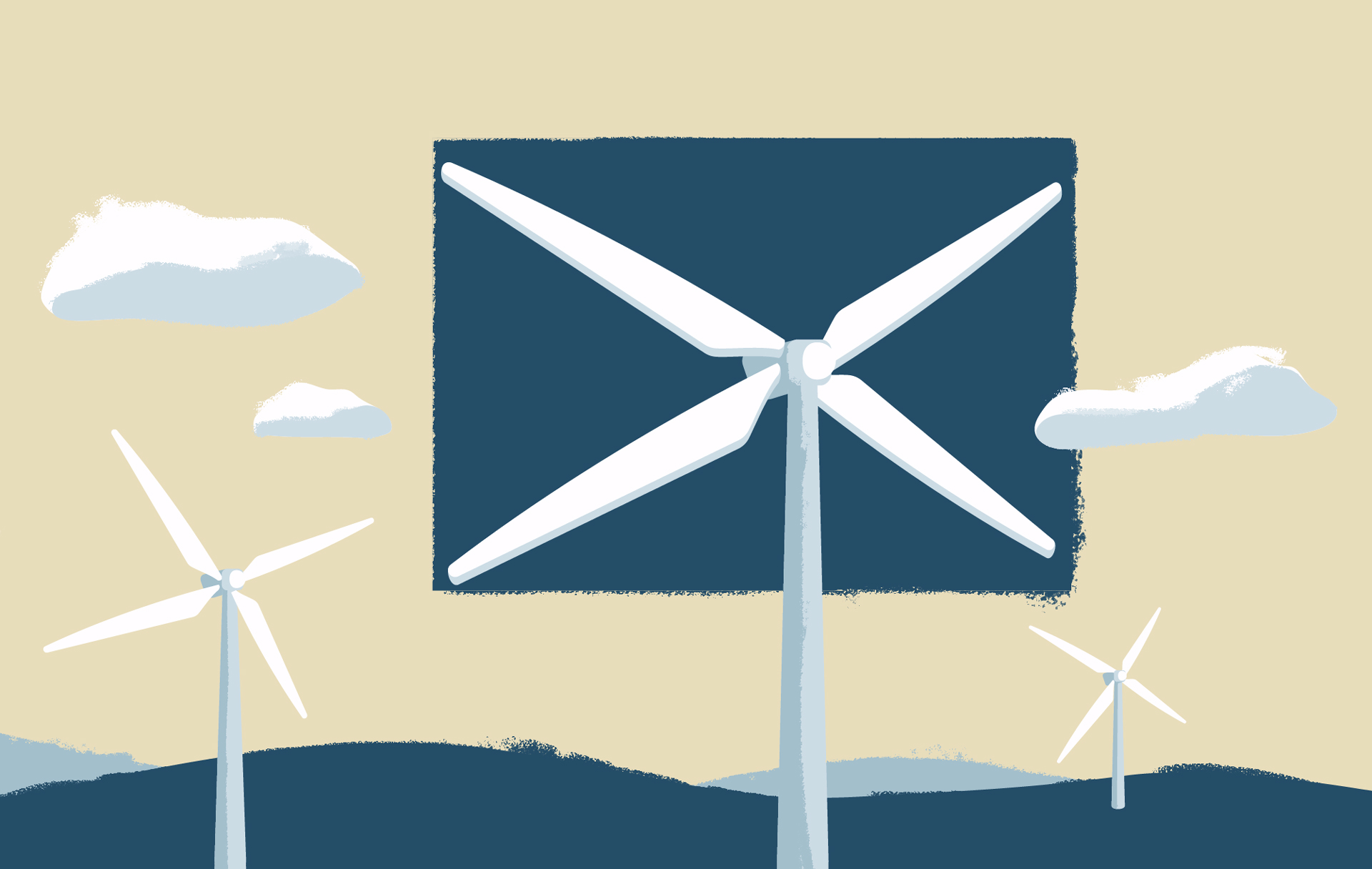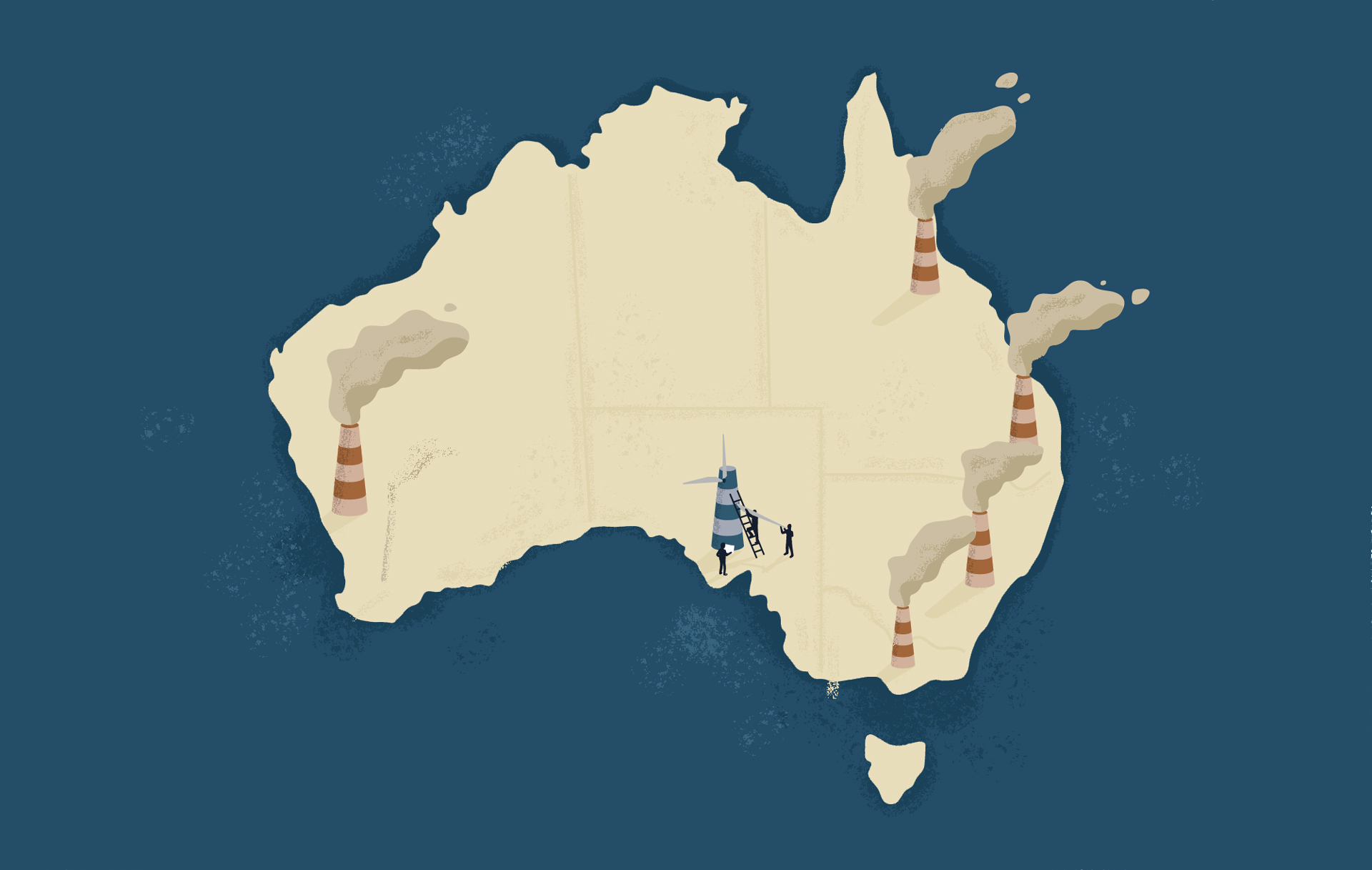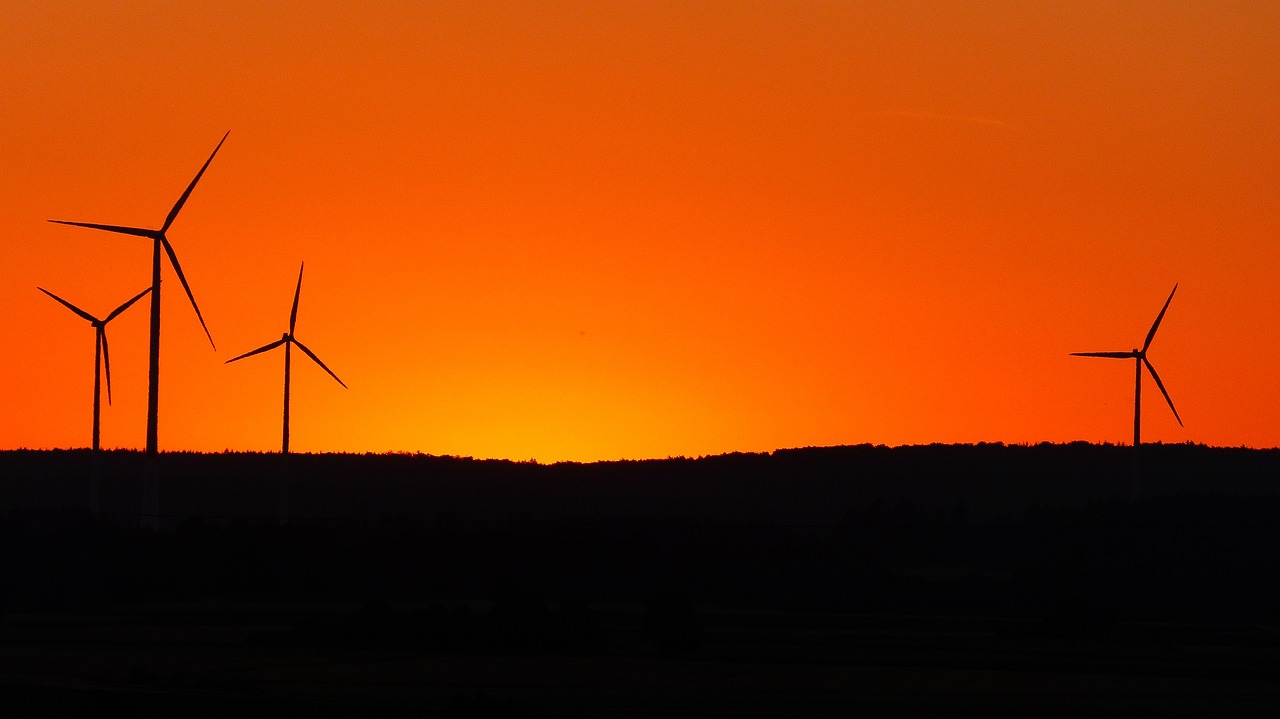Thanks in part to a range of incentives, one in three homes in Australia now has its own solar photovoltaic (PV) system.
In numbers: The country has 22.4GW of solar generating capacity on the roofs of its homes and businesses, with 3.1GW added in 2023 alone. And the energy market operator sees capacity tripling to 60GW by 2040.
South Australia, home to Adelaide, is leading the charge, with solar systems on one in two homes. At times, this aggregated resource meets all of the state’s electricity needs.

Policy carrots: In addition to the country’s above-average solar radiation, the rooftop PV boom has been driven by both national and state-led incentives.
In the early days, installations were fuelled by feed-in tariffs, whereby households and businesses are paid to sell excess solar power into the national grid.
“The generous feed-in tariffs offered in the state of Queensland, for example, can be observed by system installation numbers, with over a million Queensland homes having solar PV,” a spokesperson for the Clean Energy Regulator tells The Progress Playbook.
A more recent driver has been the federal government’s “small-scale renewable energy scheme”, which rewards households and small businesses that install clean energy systems, including solar systems and heat pumps.
Each megawatt hour of renewable energy generated or displaced by a small system is awarded one certificate. Those certificates can be sold, and through this mechanism, upfront costs are reduced by roughly a third, according to the regulator.
The federal government and individual states offer additional rebates to further slash installation costs.
Meanwhile, other market forces are promoting a push for energy self-sufficiency.
“As with other countries, many Australians are experiencing cost of living pressures, including increases in electricity and gas costs,” the regulator’s spokersperson says.
“Australians are looking for ways to reduce these pressures, including installations of solar PV and other energy efficient products. With a steady decline in installation costs, the payback period for installing energy efficient products has also reduced, making them more attractive.”
At the same time, the combination of higher energy prices and a decline in feed-in tariff incentives is leading to a surge in battery installations.
“This means Australians are increasingly choosing to store and consume their own generated energy and discharging that energy when prices are high, rather than sell to the grid.”










